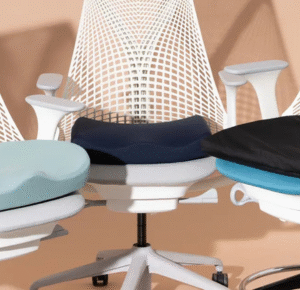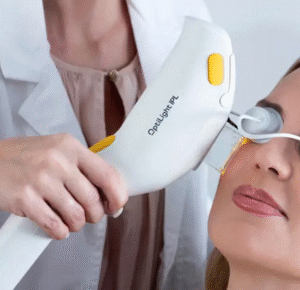Achilles tendon injuries can be painful and frustrating. They often occur in athletes but can affect anyone. Treatment aims to relieve pain, restore function, and prevent further damage. One approach often discussed is ERCP Anchorage. This method helps stabilize the tendon and support healing. In this blog, I’ll explore three effective podiatric approaches that can aid recovery and improve foot health. These methods, backed by research, offer clear paths to relief and rehabilitation.
Rest and Physical Therapy
The first step in treating Achilles tendon injuries is often rest. This involves reducing activities that put stress on the tendon. During this period, physical therapy can support recovery. A skilled therapist helps design exercises that promote healing and restore strength. Stretching and strengthening exercises focus on the calf muscles. This approach helps reduce strain on the tendon.
Physical therapy also includes techniques like massage and ultrasound therapy. These methods improve blood flow and promote healing. According to the National Institute of Arthritis and Musculoskeletal and Skin Diseases, gradual reintroduction of physical activity is crucial. This ensures the tendon adapts to increased demands without causing further injury.
Orthotic Devices
Orthotic devices like heel lifts or customized shoe inserts can be beneficial. They help reduce tension on the Achilles tendon by slightly elevating the heel. This adjustment decreases the strain and aids in recovery. Orthotics can be used during daily activities or sports to provide ongoing support.
Custom-made orthotics offer the best results. They consider the unique shape of an individual’s foot, providing targeted support. The Johns Hopkins Medicine notes that these devices can significantly improve comfort and function. They are a non-invasive option that can be easily integrated into daily routines.
Minimally Invasive Procedures
In more severe cases, minimally invasive procedures might be necessary. These include techniques like percutaneous repair or endoscopic surgery. These approaches involve small incisions and less recovery time. They aim to repair the damaged tissue and restore function.
Endoscopic surgery, in particular, offers a quicker return to normal activities. It involves using a tiny camera to guide the procedure. This allows for precise repairs with minimal disruption to surrounding tissues. Choosing the right procedure depends on the injury’s severity and the patient’s overall health.
Below is a table comparing the key aspects of these podiatric approaches:
| Approach | Benefits | Considerations |
| Physical Therapy | Restores strength and flexibility; non-invasive | Requires time and commitment to exercises |
| Orthotic Devices | Reduces tension; customizable | May require adjustments for optimal fit |
| Minimally Invasive Procedures | Quicker recovery; precise repairs | Involves surgical intervention |
Choosing the Right Treatment
Choosing the right treatment depends on several factors. These include the injury’s severity, the patient’s lifestyle, and their overall health. Consulting with a healthcare provider is essential. They can guide the selection of the most appropriate approach. Each method offers distinct advantages and may be used in combination for optimal results.
Achilles tendon injuries require careful management. With the right approach, recovery is possible, allowing a return to normal activities and improved quality of life. Each step in the treatment process is vital, ensuring a thorough and effective recovery.





